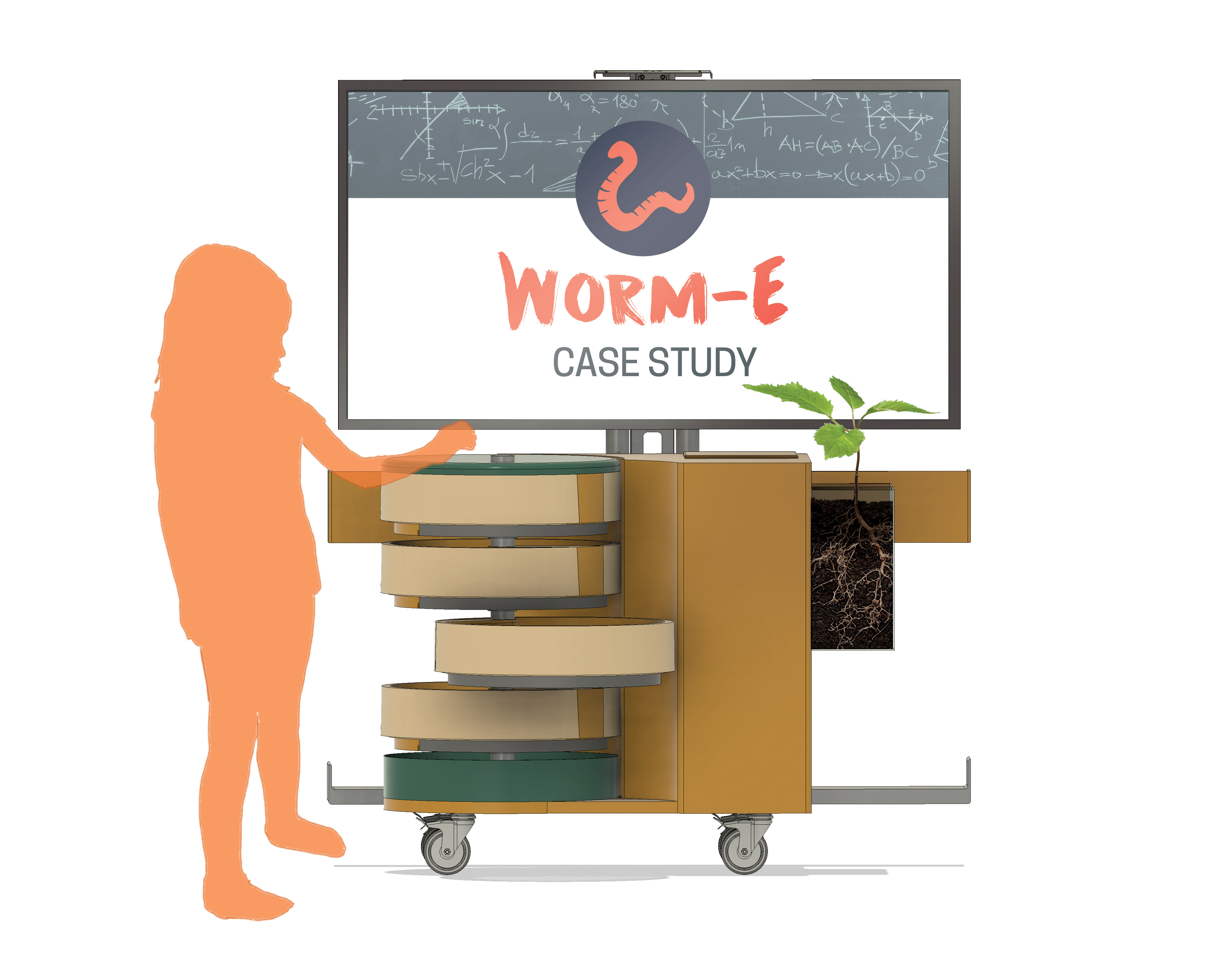This was a rapid 3 month project that the client needed to have designed quickly so they could get donor funding for the development of the site. This project is currently in phase one while waiting for donor support so they can bring all design deliverables to a developer and hire a copy writer. For this reason, a lot of the text you will see is greek placement text. Once funding is achieved, and copy is in place, this prototype will go through rounds of user testing.
Problem: There are growing numbers of demonstrations and activities that are successful in teaching behavior change in relation to infant and young child feeding (IYCF). However, due to poor funding and low access to these resources, public health officials often use old and out-dated resources.
Where: South Africa - Southern African Development Community (SADC)
Goal: The overall goal of the site is to help public health officials choose resources more effectively for behavior change campaigns, specifically in relation to infant and young child feeding (IYCF) in South Africa.
Solve for: limited tools and resources available, limited implementation of new ideas, low data/poor connectivity, create new opportunities for site users to understand the POV of their target audience.
Target User: Public health officials, managers of nutrition SBCC programs, Ministers of Health in South Africa
I created the logos and icons below to illustrate the 13 behaviors associated with infant and young child feeding and the target audience associated with the behaviors.
Working with the art director, Danni Sinisi, I learned how to approach complex websites and hone my discovery process with site strategy. We reviewed several websites (shown below) to determine our strategy and area of focus. I created the legend of icons (shown above) to help the client navigate our findings.
The user’s journey ends with the Tailored Campaign Strategy. It is a clean, buttoned up report, based on information given in the previous stages of the 4-Step Process. The Campaign Strategy includes options within the user’s budget and resources available in the region. This allows for an organized and hopefully more successful process ending with clear marching orders for the public health official and their team.
To reduce data size on page load, all information is shown in condensed form, with toggle options to view larger data sets. Progress reports from each step of the 4-Step Process are included in the final report and available for full download.
In the Implementation section, the user is offered a selection of successful management tools, sample media segments and case studies that are similar to their campaign.



